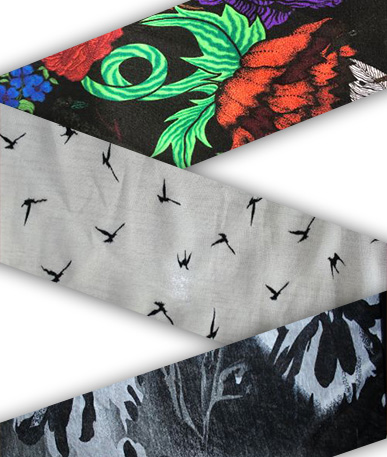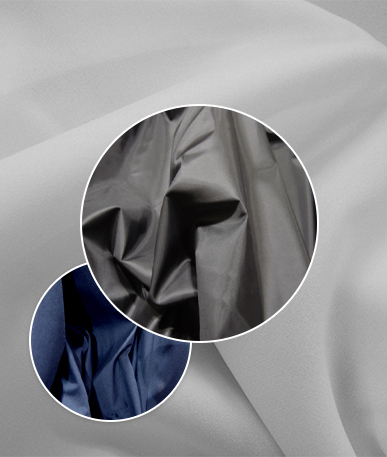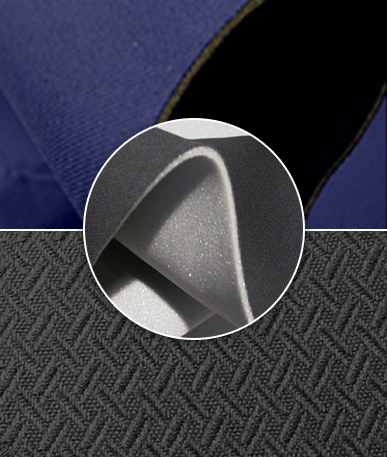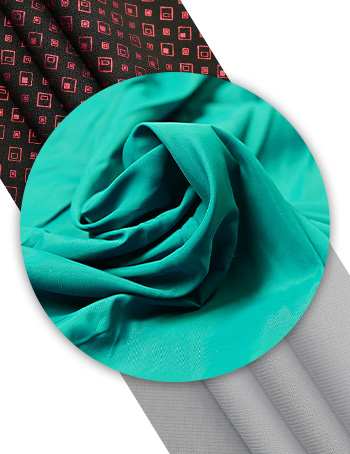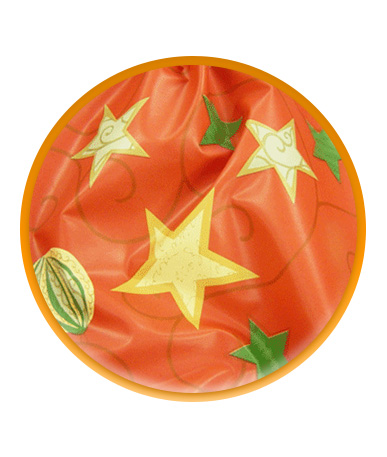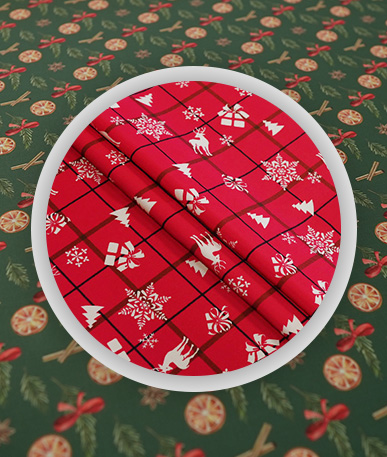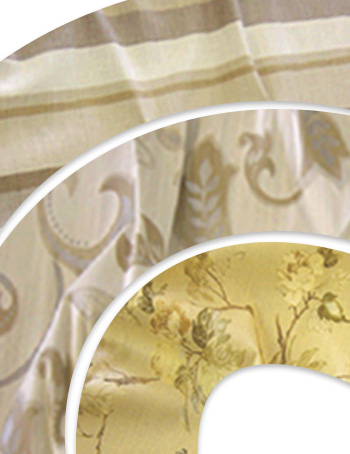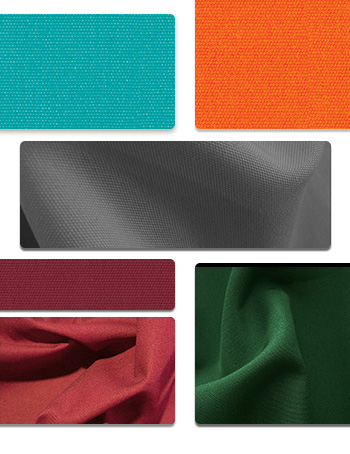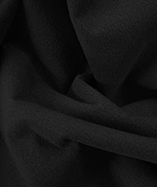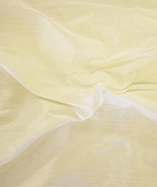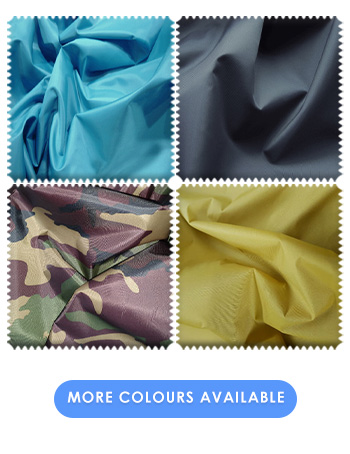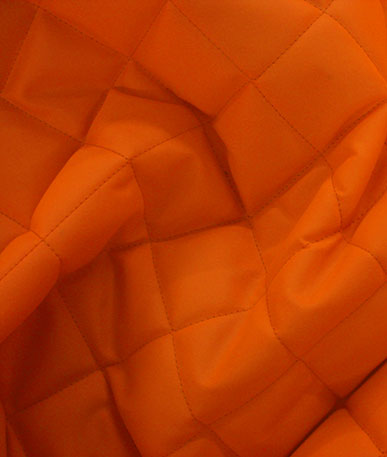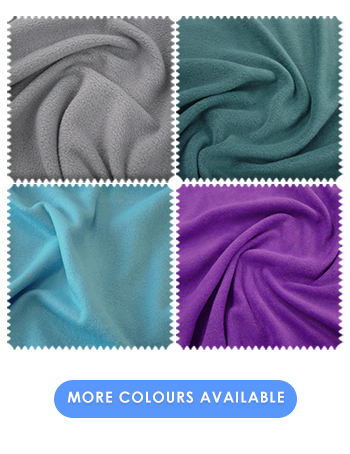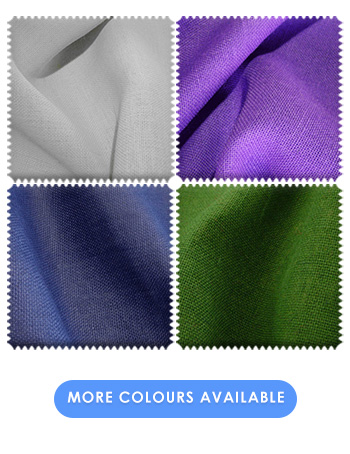| For Help & Orders call us on : 0121 359 2349 | Deliveries delays & Information read here |
Knitted Fabrics
Woven and knitted fabrics are similar; however, weaves are produced on a loom and use many individual threads. Knitted fabrics use a single thread and are worked using knitting needles.
Origins
Knitting was introduced after weaving, although its exact introduction into the textile development of human history is somewhat murky. Knitted fabrics are produced by repeatedly knotting a piece of string or yarn with two sticks to create stitches. A precursor to knitting is nalbinding -- Scandinavian needle-binding, which uses only one stick. In ancient clothing it is difficult to determine whether knitting or nalbinding was used to construct garments, so reports of the first knitted fabrics vary from the time of ancient Egypt to the mid-1500s.
Types of stitches
In knitted fabrics, two basic stitches are used to create garments: the purl stitch and the knit stitch. The purl stitch is the most common and both types of stitches lay the foundation for more complex stitches.
Types of Fabrics
Two types of knitted fabrics exist: weft-knitted and warp-knitted. Manufacturers create weft- knitted fabrics by looping together long lengths of yarn in a ladder which can be produced by hand or machine, resulting in a soft, stretchy material. To create warp-knitted fabrics, creators interlock the loops in a vertical fashion that extends the entire length of the fabric. This can only be done by machine for a non-stretchy material and used for items such as swimwear, underwear and geo-textiles.
Knitted fabrics are either flat or tubular. Flat knitted fabrics are treated like woven fabrics, whereas tubular fabrics do not have side seams.
Jersey knitted fabric is weft-knitted. It features flat but distinctive vertical lines on the front side, and horizontal lines on the reverse side. Most often, manufacturers use Jersey knits to produce hosiery, sweaters, sportswear and higher-end products as well
Rib knits are characterized by their high elasticity, which makes them perfect for warm clothing, including shirts and blouses. Two sets of needles are used for rib knits, the result of a rib stitch.
Double knits resemble a rib stitch on both sides of the garment. Produced by the interlock stitch, double knits create a sturdy garment that does not stretch or unravel. Most commonly, double knits use fibers from polyester, acetate and wool.
Knitted fur fabrics are produced by a process that creates a pile on the surface of the fabric that resembles fur. This type of knitted fabric is most commonly used as a trim for coats and dresses.
Benefits of knitted fabrics
For home designers, it is much easier and less expensive to produce garments via knitting rather than weaving. Knitting requires only a set of knitting needles and yarn to produce, whereas weaving requires a loom. In addition, knitted fabrics tend to have fewer wrinkles, making them popular with travelers.






